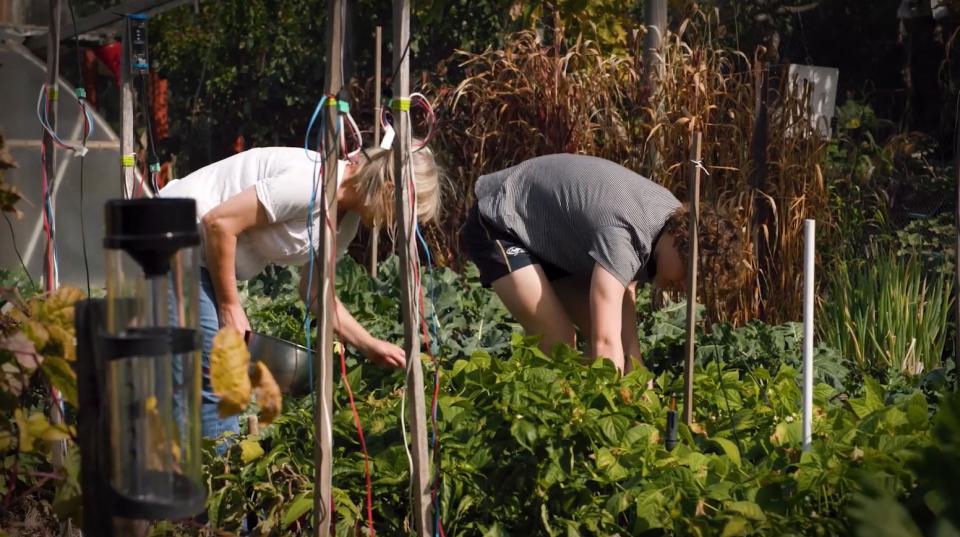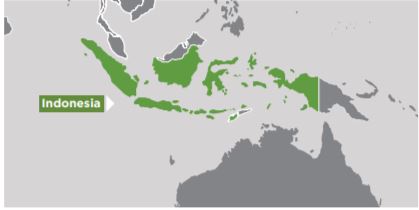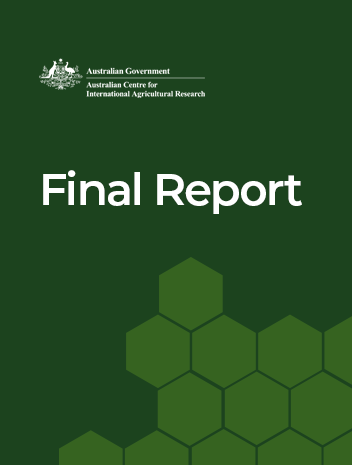Overview
This project aimed to empower communities and government to remotely and accurately monitor and evaluate peatland restoration by integrating environmental data on peatland water and carbon fluxes with local decision-making structures.
The interdisciplinary project proposes a combination of soil and ecological science with social science to ensure maximum benefit for communities and long-term useability.
Peatlands are increasingly recognised as critical carbon stores in global climate change mitigation efforts. Peatland restoration has been identified as an effective way to reduce carbon emissions and increase carbon sequestration. Indonesia, containing the majority of the world’s tropical peatlands, has the opportunity to lead technical innovations in peatland restoration. The current drained state of much of Indonesia’s peatland estate renders it susceptible to fire, and the South-East Asian Haze is caused by peat soil burning. National and international efforts to restore Indonesia’s vast degraded peatland estate continue accelerating.
Project outcomes
- Monitored water, carbon dioxide and methane fluxes as a function of climate and hydrological conditions of a degraded peat forest using the eddy covariance flux tower and Chameleon sensor network installed in SLaM/2018/122.
- Collaborated with community and local government stakeholders to socialise this approach, share initial data and explore uses and formats, via a series of workshops.
- Identified the knowledge and communication needs of community and government stakeholders for monitoring peatland restoration, to inform future design of a decision support tool.
Summary of outcomes to date
2021–22
The project team has made outstanding progress, repositioning the challenges of the COVID-19 global pandemic as opportunities to build capacity and explore new ways of working together. Achievement highlights include:
- Continuous measurement of carbon, water and energy exchange between a remote regenerating tropical peat swamp forest and the atmosphere
- Design of new materials for chameleon sensors to withstand the predominantly wet conditions of tropical peat soils
- Focus group discussions and a seasonal trial of chameleon sensors within the village generated passionate enthusiasm from women, men and village leaders around future uses for fire prevention, food and fibre production and peatland restoration
- A new walkway enables low impact access from the canal to the field site
- Upgraded facilities on site now include a field laboratory and field camp
- Capacity building within the team around instrument operation and maintenance, flux data analysis and social science research methods and data analysis
- Field work undertaken continuously by BOSF team in 2021-22, joined by team members from the University of Palangka Raya, Charles Darwin University, The University of Melbourne and RMIT University in October 2022
- Academic presentations at Ozflux conferences in 2021 and 2022
- Presentations to government stakeholders have kept engagement and interest high
- Online and in-person Writing Workshops have progressed the preparation of six draft manuscripts by the team
- Science Art Collaboration with specialist academic Gemma Horbury explores novel modes of communication to share flux data in 2022
- Partnership Health Check workshops held with the Co-Leadership team and the whole project team.





